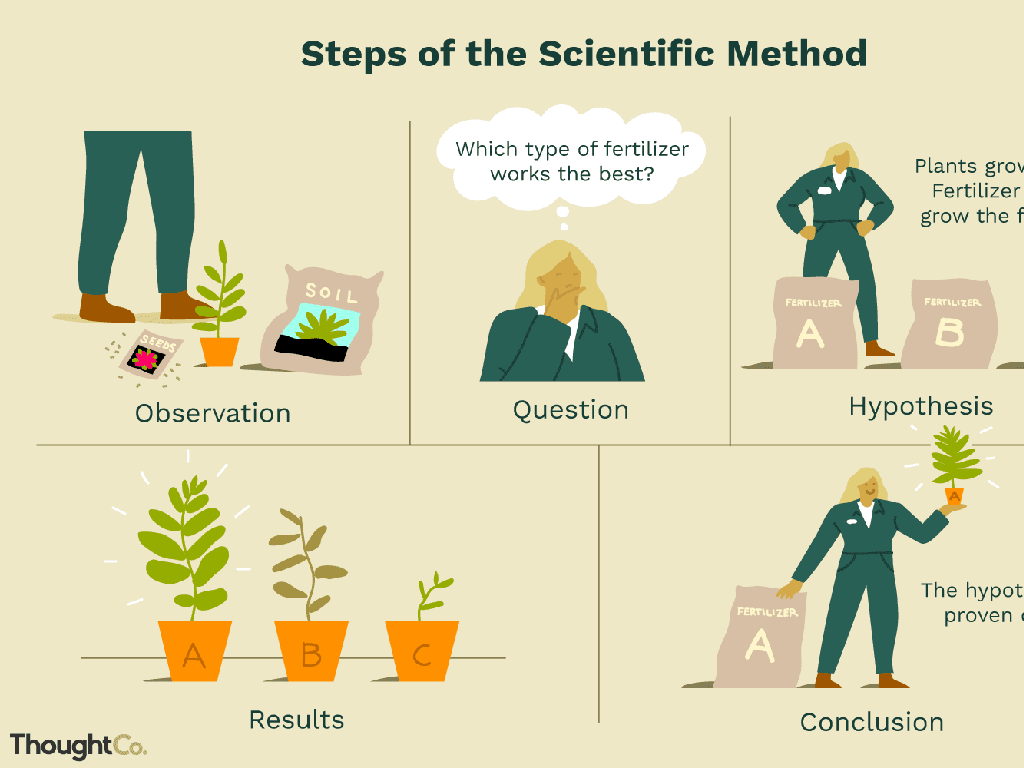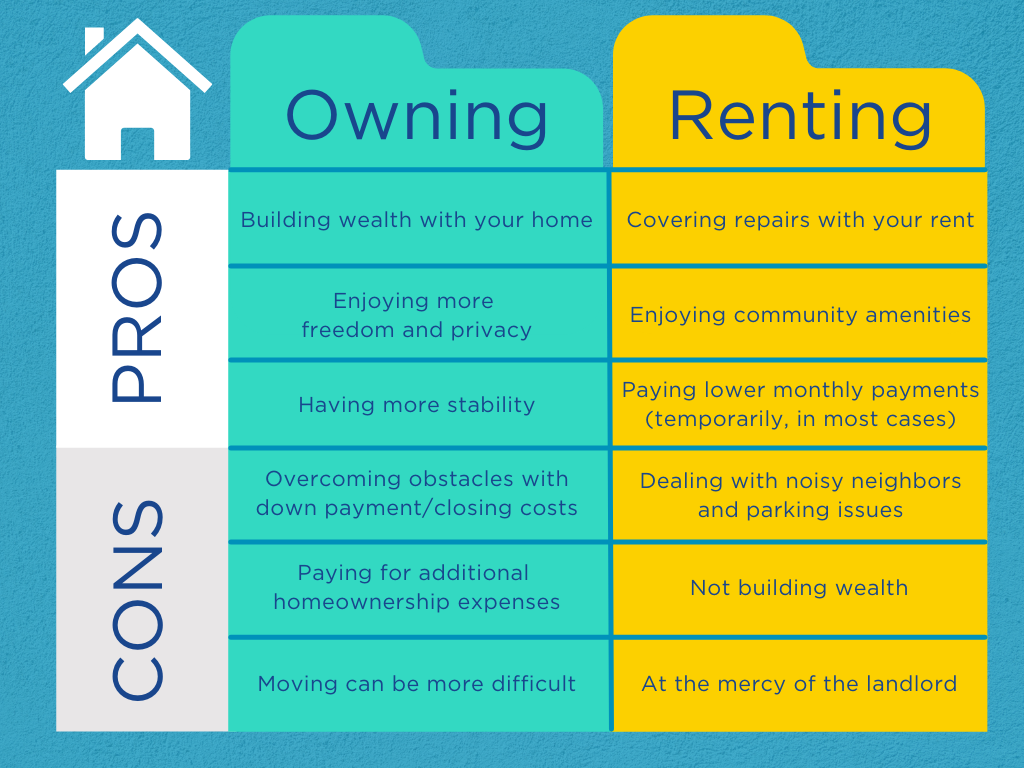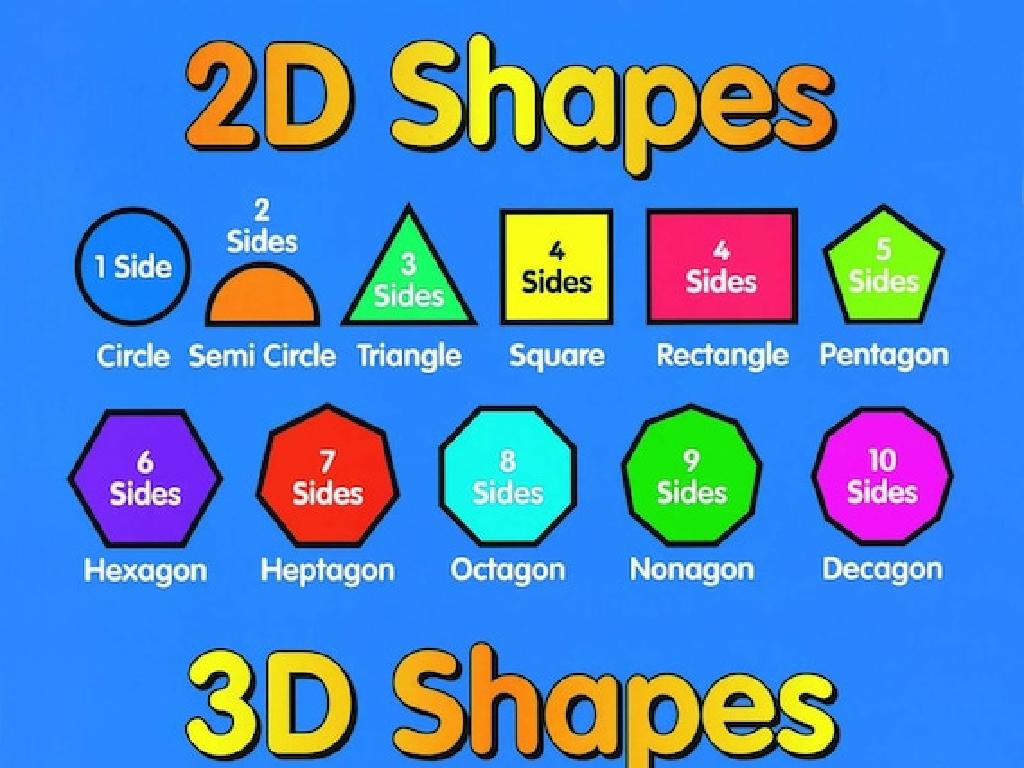Compound Interest
Subject: Math
Grade: Seventh grade
Topic: Consumer Math
Please LOG IN to download the presentation. Access is available to registered users only.
View More Content
Understanding Compound Interest
– What is Consumer Math?
– Exploring Compound Interest
– It’s the interest on a loan or deposit calculated based on both the initial principal and the accumulated interest from previous periods.
– The Power of Compound Interest
– Compound interest grows at a faster rate than simple interest, because it includes interest on the interest already earned.
– Compound Interest in Daily Life
– Examples include savings accounts, investments, and loans. It shows how money can grow over time.
|
Consumer Math is a practical area of mathematics that involves financial transactions commonly encountered in everyday life. Today, we focus on compound interest, a critical concept that affects savings, investments, and loans. Understanding compound interest is essential for making informed financial decisions. It demonstrates how invested money can grow over time due to interest being calculated on the accumulated interest, not just the principal amount. This concept is vital for students to grasp as it will help them understand the benefits of saving early and the costs of borrowing. Use real-life examples like the growth of a savings account or the increase in total payment for a loan over time to illustrate the impact of compound interest.
Understanding Interest in Consumer Math
– Define interest in finance
– Interest is the cost of using borrowed money.
– Contrast simple and compound interest
– Simple interest is calculated on the principal only, while compound interest also includes accumulated interest.
– Explore real-life interest examples
– Savings accounts, loans, and investments often involve interest.
– Discuss compound interest benefits
– Compound interest can significantly increase savings over time.
|
This slide introduces the concept of interest, a fundamental element in consumer math. Interest is essentially the fee paid for borrowing money, and it can also be the earnings from savings or investments. It’s crucial to distinguish between simple interest, which is calculated only on the initial amount of money, and compound interest, which is calculated on the initial principal and also on the accumulated interest from previous periods. Provide real-life examples such as interest earned on a savings account or paid on a loan to illustrate the concept. Emphasize the power of compound interest in growing savings, using examples relevant to seventh graders, such as saving for a future goal like college. This will help students appreciate the importance of understanding interest in financial planning.
The Power of Compound Interest
– Understanding Compound Interest
– Interest earned on both the initial principal and the interest that has been accumulated over previous periods.
– Comparing Compound and Simple Interest
– Compound interest grows money at a faster rate due to interest on interest effect.
– Exploring the Rule of 72
– A quick way to estimate how long it will take for an investment to double at a given interest rate.
– Estimating Investment Doubling Time
– Divide 72 by the interest rate to find the number of years needed to double the investment.
|
This slide introduces students to the concept of compound interest, which is a critical financial principle. It explains how compound interest allows money to grow faster over time compared to simple interest, as it calculates interest on the accumulated interest. The Rule of 72 is presented as a simple mathematical shortcut to estimate the doubling time of an investment based on its interest rate. Encourage students to use this rule to understand the impact of different interest rates on their savings and investments. Provide examples to illustrate how compound interest works and how the Rule of 72 can be applied in real-life scenarios.
Calculating Compound Interest
– Learn the compound interest formula
– A = P(1 + r/n)^(nt), where A is the amount, P is the principal, r is the rate, n is the number of times interest is compounded per year, and t is time in years.
– Understand formula components
– P is the initial amount, r is the annual interest rate, n is how often interest is applied, and t is the number of years.
– Example: Calculate with the class
– If $1000 is invested at an annual interest rate of 5% compounded monthly for 3 years, what is the total amount?
– Practice using different values
|
This slide introduces the concept of compound interest, which is a critical financial concept where interest is calculated on the initial principal and also on the accumulated interest from previous periods. Start by explaining the formula and its components. Then, walk through an example calculation as a class to solidify understanding. For instance, if $1000 is invested at an annual interest rate of 5% compounded monthly (n=12), for 3 years (t=3), what would be the total amount (A)? After the example, encourage students to practice with different principal amounts, interest rates, compounding frequencies, and time periods to grasp the concept fully.
Factors Affecting Compound Interest
– Principal Amount (P)
– The initial sum of money deposited or borrowed
– Annual Interest Rate (r)
– The percentage of P earned or paid per year
– Compounding Frequency (n)
– How often interest is added to the principal yearly
– Investment Duration (t)
– Total number of years the money is invested or borrowed
|
This slide aims to explain the key factors that influence the calculation of compound interest, which is a critical concept in consumer math. The principal amount refers to the initial sum of money on which interest is calculated. The annual interest rate is the percent of the principal earned or paid each year. The number of times interest is compounded per year can greatly affect the total amount of interest accrued. Lastly, the time factor represents the duration for which the money is invested or borrowed. Understanding these factors is essential for students to grasp how compound interest works and its impact on savings and loans. Provide examples to illustrate how varying each of these factors can change the amount of interest accrued over time.
Compound Interest in Real Life
– Savings Accounts Growth
– Money in savings earns interest, which is then added to the balance to earn more interest.
– Loans: Compound Interest Effects
– When taking out loans, the interest can compound, increasing the total amount to repay.
– Investments Increase Over Time
– Investments like stocks or bonds can grow due to compound interest, increasing your return.
– Understanding Compound Interest
|
This slide aims to illustrate the practical applications of compound interest in everyday financial situations. Students will learn how compound interest can work in their favor through savings accounts, where the interest earned is reinvested to earn more interest, demonstrating the benefit of saving money over time. Conversely, they will see how compound interest on loans can increase the total amount they would need to repay, emphasizing the cost of borrowing. Lastly, the concept is applied to investments, showing how money can grow over the years. It’s crucial to instill the understanding that compound interest can significantly impact their financial future, both positively and negatively.
Class Activity: Exploring Compound Interest
– Use an online compound interest calculator
– Work in groups on various scenarios
– Split into groups, each with a different scenario
– Calculate interest for each scenario
– Apply the formula A = P(1 + r/n)^(nt)
– Present findings to the class
– Discuss how compound interest varies with changes in rate, time, and frequency
|
This interactive class activity is designed to help students understand the concept of compound interest through practical application. Provide students with access to an online compound interest calculator. Divide the class into small groups and assign each group a unique financial scenario involving a principal amount, interest rate, and compounding frequency. Students will input these variables into the calculator to see how the final amount is affected by changes in these factors. Encourage each group to discuss their findings and present to the class, highlighting the impact of higher rates, longer time periods, and more frequent compounding. This will help students grasp the power of compound interest over time. As a teacher, be ready to assist with any technical issues and to facilitate discussions.
Wrapping Up: Compound Interest
– Recap of compound interest
– Why it’s key in finance
– Understanding it can help with savings & investments
– Homework: Real-life example
– Identify an instance where compound interest applies, like a bank savings account
– Discuss findings next class
|
As we conclude today’s lesson on compound interest, it’s crucial for students to grasp how this concept plays a pivotal role in areas such as savings and investments. The homework assignment is designed to connect classroom learning with the real world by having students find an example of compound interest in their daily lives, such as a family member’s savings account or advertised interest rates for youth savings programs. This will help them recognize the practical applications of what they’ve learned. In the next class, we’ll have a discussion where students can share their examples and insights, further solidifying their understanding of compound interest.





